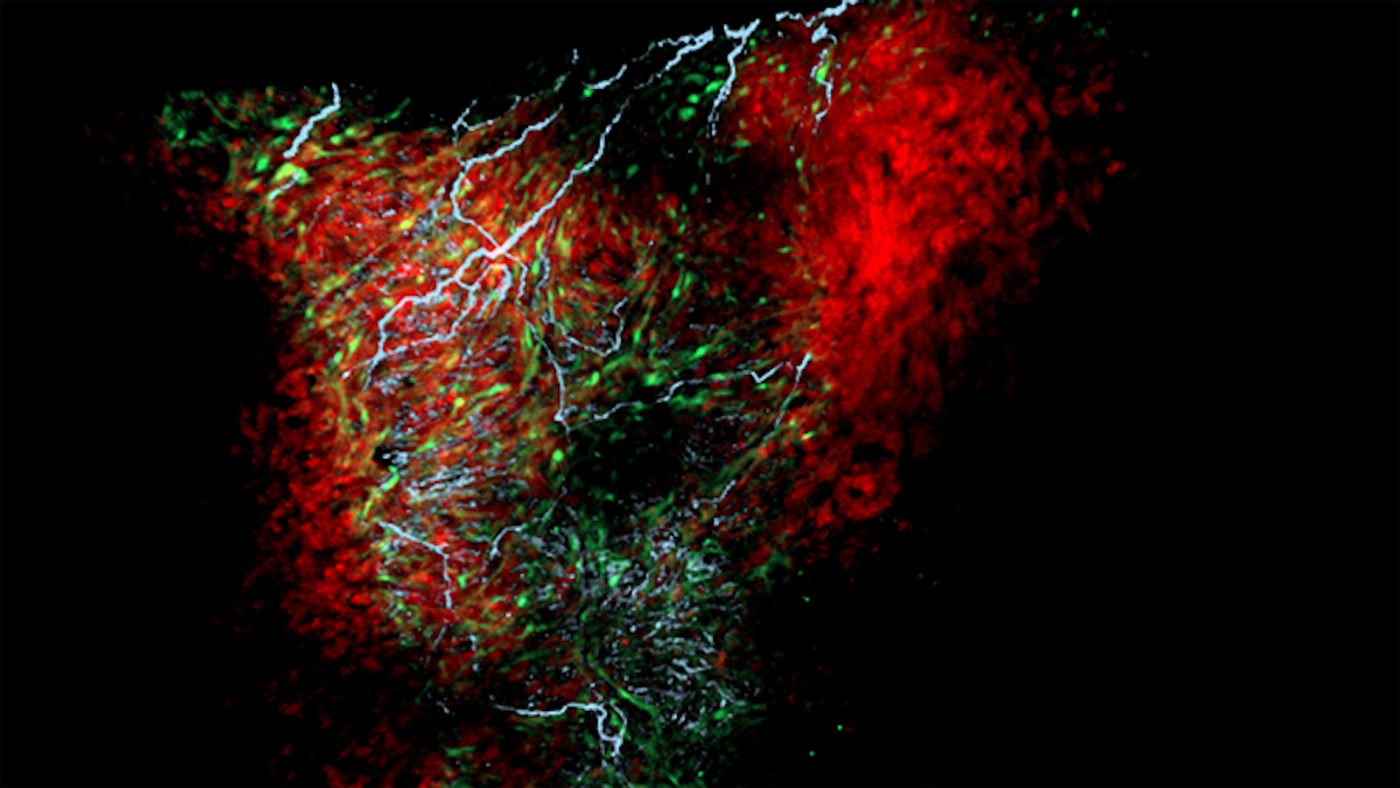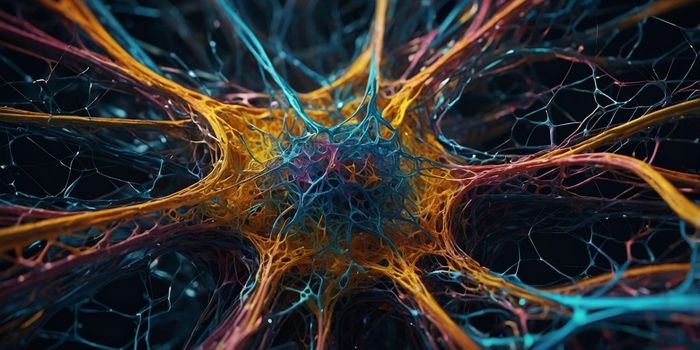A New Type of Heart Cell is Identified
Glial cells were once thought to act primarily as support for neurons in the central nervous system. But more roles are being uncovered for these cells all the time. A new study reported in PLOS Biology has shown that there are glial cells in the heart, which are similar to a type of glia in the brain called astrocytes. But this study has suggested that these heart cells play an important role in the regulation of heart rate, and could potentially be involved in heart disorders. These cells have been called nexus glia.
The study indicated that when nexus glia were removed from an animal model, the heart rate of the animals increased. In another experiment in which a crucial gene that plays a critical role in the development of glia was eliminated, the heart took on an irregular beating pattern.
“For me the definition of great science is something that you discover that opens up even more questions, and this, I think, is the definition of that,” said study leader Cody Smith, the Elizabeth and Michael Gallagher Associate Professor in the Department of Biological Sciences at the University of Notre Dame. “It’s a discovery that now we have a hundred questions we didn’t even know existed, so we’re following up on them to explore this path that has never been studied before.”
The nexus glia were initially identified in zebrafish, and the researchers confirmed that they're present in mouse and human hearts too. The cells are found on a part of the heart called the outflow tract, which is where many congenital heart defects occur. This research has not established a connection between these newly identified cells and congenital heart disorders, but it's an important question for follow-up studies. The outflow tract is related to a path that links the ventricles to the arteries exiting the heart.
First study author Nina Kikel-Coury, PhD, has looked for glial cells that resemble astrocytes in the heart because this type of cell has been found in other peripheral organs including the lungs, pancreas, intestines, and spleen. Now, scientists can see if nexus glia are disrupted in disease, or involved in some other way.
“We don’t completely know the function of these cells, but the concept that if you get rid of them, heart rates increase, could link it to certain disease cases,” Smith said. “I think these glial cells could play a pretty important role in regulating the heart.
Sources: University of Notre Dame, PLOS Biology









